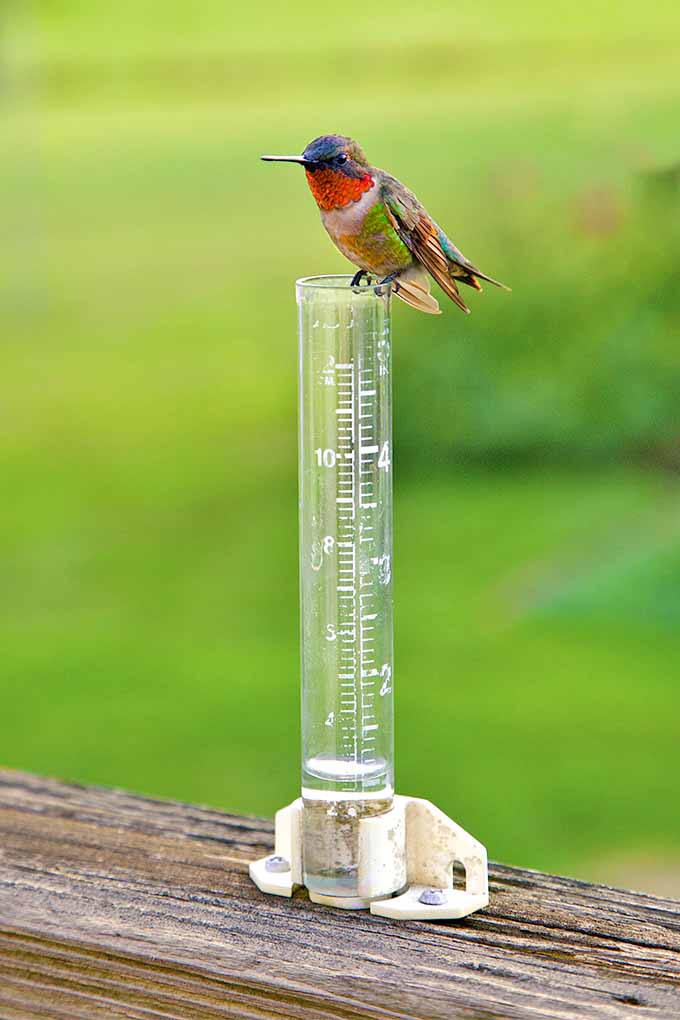Introducing the Science Behind Rainfall Determines: How These Tools Play an Important Duty in Climate Research Study and Ecological Monitoring
Rain determines, apparently straightforward tools, hold an extensive value in the world of environment research study and environmental monitoring. As we peel back the layers of this clinical shroud surrounding rainfall assesses, we discover a world where precision, data precision, and thorough monitoring merge to introduce a much deeper understanding of our transforming environment and its effect on the planet.
Significance of Rainfall Gauges
Rain assesses play an essential duty in monitoring and gauging rainfall levels, giving vital data for environment study and analysis. These tools are basic in evaluating the amount of rainfall that takes place in a certain location over a particular duration. By accumulating and determining rain, rain determines offer beneficial understandings into the circulation and intensity of rainfall, aiding meteorologists, hydrologists, and climatologists in understanding climate patterns and trends.
One of the key reasons that rainfall determines are vital is their capability to supply local and precise data. Unlike satellite or radar-based dimensions, which provide broader observations, rainfall evaluates deal accurate details specific to the place where they are positioned. This localized information is essential for various applications, consisting of flood projecting, dry spell monitoring, and water resource monitoring. Additionally, long-lasting information accumulated from rain evaluates aids in analyzing climate modification influences and patterns, contributing dramatically to scientific research and decision-making processes. Essentially, rainfall gauges work as essential tools in the area of weather forecasting and ecological science, playing an essential role ahead of time our understanding of weather condition and environment dynamics.
Sorts Of Rainfall Gauges

Functionality and Procedure
In the realm of climate research and meteorological research studies, the effectiveness of rain gauges lies in their detailed performance and precise functional mechanisms. Rainfall gauges are created to accurately gauge the amount of rainfall that falls over a certain area throughout a collection duration.
The functionality of rain determines is based on the concept of measuring and accumulating rainwater in a standard manner. This gathered data is critical for recognizing local climate patterns, tracking long-lasting environment fads, and examining environmental effects. To make certain exact measurements, rain evaluates demand to be purposefully placed in open areas far from blockages such as structures or trees discover here that could hinder the collection procedure.
The functional aspect of rain gauges includes routine maintenance to avoid particles build-up, calibration checks to maintain dimension accuracy, and data videotaping for analysis (rain gauge). In general, the performance and operation of rain assesses are essential for gathering reputable precipitation information vital to climate research and environmental monitoring
Role in Climate Research
Given the crucial value of precise precipitation measurements in understanding weather patterns and environmental impacts, the duty of rainfall determines in environment research study is vital. Rain evaluates supply necessary data for climate research by evaluating the quantity of rainfall that tips over a specific location throughout a provided period. This data is essential for keeping track of long-term trends in rainfall patterns, examining the effect of climate change on rains distribution, and boosting environment designs.

Environment scientists utilize information gathered from rainfall assesses to evaluate variations in rainfall degrees, determine regional climate trends, and evaluate the efficiency of water source administration approaches. By comparing historic precipitation data with existing measurements, researchers can detect shifts in precipitation patterns, such as changes in the regularity blog or strength of rainfall occasions. This information is crucial for understanding exactly how environment change is affecting rainfall dynamics and can assist policymakers make educated choices concerning adjustment and reduction techniques.
Applications in Ecological Surveillance

In flood forecasting, rainfall scale data helps to track rains strength and distribution, allowing authorities to release prompt cautions and take required measures to mitigate flooding dangers (rain gauge). Drought surveillance counts on rain gauge information to analyze dampness levels in the dirt and track rainfall shortages, aiding in the recognition of drought-prone locations and the implementation of drought feedback approaches
Moreover, rain scale information plays an check my reference important function in water source management by offering details on water schedule and usage patterns. Furthermore, in agriculture, rain scale information assists farmers in maximizing irrigation routines, plant option, and general ranch management methods based on neighborhood precipitation patterns.
Final Thought
In final thought, rainfall assesses are important devices for determining rainfall, giving beneficial information for environment research study and ecological tracking. With different types and performances, rain evaluates play a vital function in recognizing precipitation patterns and their influence on the atmosphere. By accurately measuring rainfall, these tools add to the innovation of clinical understanding and help in making informed choices associated to water resource monitoring and disaster preparedness.
Rainfall evaluates play an indispensable function in surveillance and determining precipitation degrees, supplying necessary data for climate study and analysis. The basic rainfall gauge, known as the "tipping pail" gauge, is one of the most commonly made use of gadgets. Ultrasonic rainfall assesses use audio waves to discover the presence of rainfall, offering real-time information on precipitation degrees.Climate scientists use data gathered from rain assesses to evaluate variants in rainfall degrees, identify local climate fads, and assess the performance of water resource monitoring methods.In conclusion, rain determines are vital devices for determining rainfall, providing useful data for climate study and environmental tracking.